Abstract
This study examines high-school students’ perspectives on mathematics learning and teaching during remote learning. Twenty-four Israeli 11th grade advanced mathematics students were interviewed about their experiences transitioning from classroom to remote learning during the COVID-19 pandemic. Drawing on Di Martino and Zan’s three-dimensional model in 2010 for mathematical attitudes–vision of mathematics, perceived competence, and emotional disposition–we analyzed reflections from before and during the pandemic. Ten central themes emerged, revealing varying stability and change across cognitive, emotional, and behavioral domains. While students’ fundamental views on the importance of mathematics remained stable, significant shifts occurred in learning experiences. Some reported enhanced autonomy, responsibility, and self-reliance, while others described reduced engagement, concentration difficulties, and limited teacher interaction. Three perspective profiles were identified: positive (greater engagement and resilience), mixed (gains and setbacks), and negative (decline in motivation and competence). The results highlight the complexity of students’ responses to remote mathematics instruction, with implications for designing resilient and inclusive approaches to remote and hybrid learning.
License
This is an open access article distributed under the Creative Commons Attribution License which permits unrestricted use, distribution, and reproduction in any medium, provided the original work is properly cited.
Article Type: Research Article
EURASIA J Math Sci Tech Ed, Volume 21, Issue 12, December 2025, Article No: em2743
https://doi.org/10.29333/ejmste/17436
Publication date: 01 Dec 2025
Online publication date: 19 Nov 2025
Article Views: 1006
Article Downloads: 374
Open Access References How to cite this article
 Full Text (PDF)
Full Text (PDF)